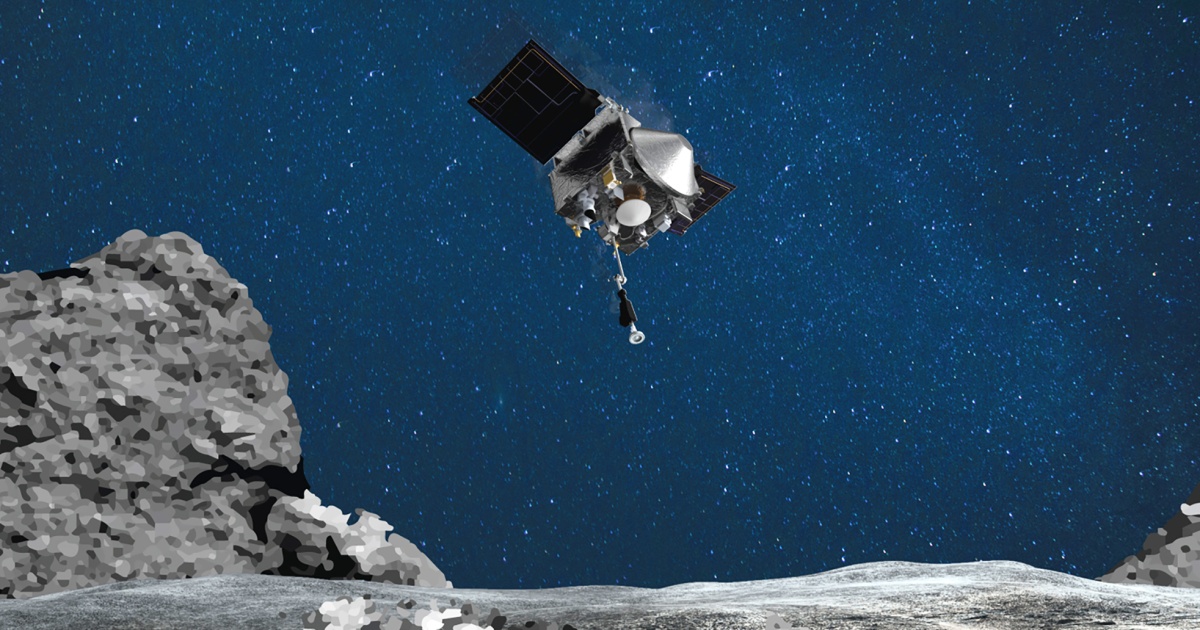Key takeaways:
- NASA’s OSIRIS-REx spacecraft has successfully returned to Earth with a capsule containing samples from an asteroid.
- The successful return of the capsule marks a major milestone for the United States, as it is the first time NASA has brought back samples from an asteroid.
- The samples will be divided into three parts and studied by scientists around the world in an effort to unlock the secrets of the solar system.
NASA’s OSIRIS-REx spacecraft has successfully returned to Earth with a capsule containing precious samples from an asteroid. The capsule, released from the OSIRIS-REx mothership four hours earlier, hit the top of the discernible atmosphere at a blistering 27,700 mph at 10:42 a.m. EDT.
The capsule, loaded with a half-pound of rocks and soil collected in 2020 from an asteroid known as Bennu, descended to an on-target parachute-assisted touchdown in Utah to wrap up a dramatic seven-year, four-billion-mile voyage.
The successful return of the capsule marks a major milestone for the United States, as it is the first time NASA has brought back samples from an asteroid. The samples are expected to provide clues about the birth of the solar system.
A camera on a recovery helicopter shows the OSIRIS-REx asteroid sample return capsule resting on the Utah desert near its main parachute after a successful high-speed plunge back to Earth.
Over the next two years, the samples will be studied by scientists around the world in an effort to unlock the secrets of the solar system. The samples will be divided into three parts: one part will be kept at NASA’s Johnson Space Center, one part will be sent to the Japanese space agency JAXA, and the third part will be distributed to other research institutions.
The OSIRIS-REx mission has been a major success for NASA, and the samples collected from Bennu will provide invaluable insight into the formation of our solar system.



Be First to Comment